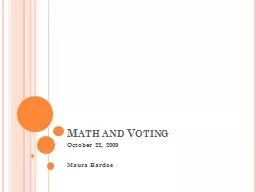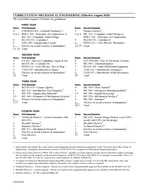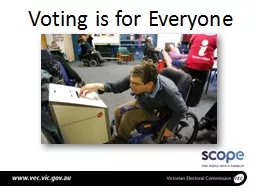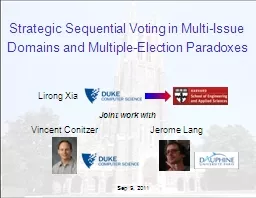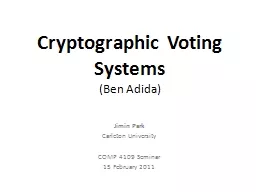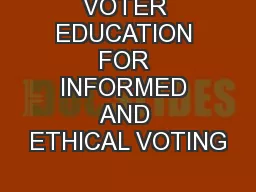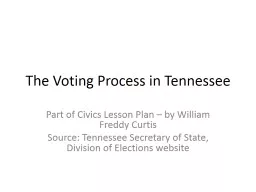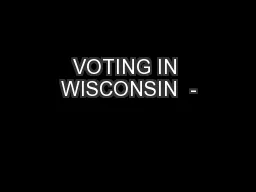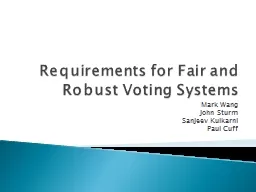PPT-Math and Voting
Author : cheryl-pisano | Published Date : 2016-04-30
October 22 2009 Maura Bardos Outline Two Candidates Majority Rule Three Candidates or More Plurality Borda Condorcet Sequential Pairwise Instant Runoff Arrows
Presentation Embed Code
Download Presentation
Download Presentation The PPT/PDF document "Math and Voting" is the property of its rightful owner. Permission is granted to download and print the materials on this website for personal, non-commercial use only, and to display it on your personal computer provided you do not modify the materials and that you retain all copyright notices contained in the materials. By downloading content from our website, you accept the terms of this agreement.
Math and Voting: Transcript
Download Rules Of Document
"Math and Voting"The content belongs to its owner. You may download and print it for personal use, without modification, and keep all copyright notices. By downloading, you agree to these terms.
Related Documents

